Who’s in NATO? Why can’t Ukraine join amid invasion by Russian army - and full list of member states
and live on Freeview channel 276
Russia’s invasion of Ukraine has now entered its fourth week, with a ceasefire still no closer to being agreed.
The human cost of the conflict has been vast, with thousands of military and civilian deaths reported and millions of refugees fleeing to neighbouring countries in Europe.
Advertisement
Hide AdAdvertisement
Hide AdPresident Vladimir Putin’s troops have failed to progress on all fronts, according to western intelligence sources, and are still bogged down in intense fighting on the outskirts of Kyiv.
But progression towards peace could be made after Ukrainian President Volodymyr Zelensky suggested Ukraine has given up on joining NATO.
So why has he made this admission - and which countries are members of NATO?
Here’s everything you need to know.
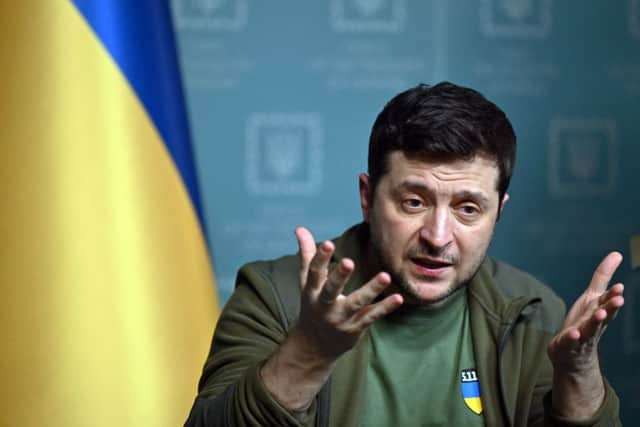

What is NATO?
The North Atlantic Treaty Organisation (NATO) is a military body that aims to guarantee the security of its member states.
It was founded in the aftermath of World War Two.
Advertisement
Hide AdAdvertisement
Hide AdNATO’s origins can be traced back to March 1947 when France and the UK signed the Treaty of Dunkirk to create an alliance and assurance of mutual assistance should Germany once again threaten their territories.
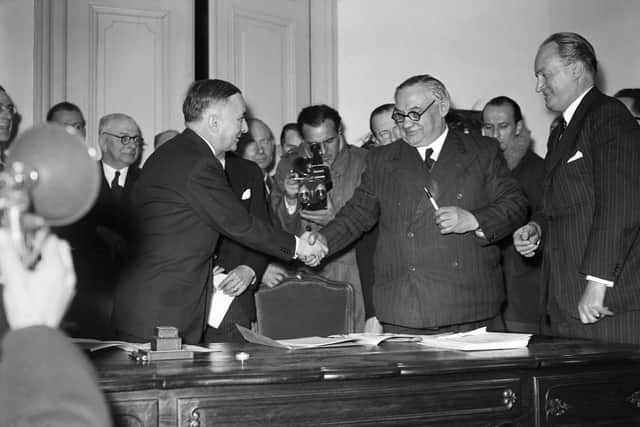

This treaty was superseded two years later in April 1949 by the North Atlantic Treaty - also known as the Washington Treaty - which formally established NATO (known as OTAN in French-speaking countries).
Its timing was crucial for the West as it coincided with the beginning of the Cold War against the Soviet Union.
Indeed, the USSR would go on to test its first atomic bomb in August 1949 - an event that was a key development in its arms race with the US.
Advertisement
Hide AdAdvertisement
Hide AdNATO’s purpose is to ensure collective security to its member states.
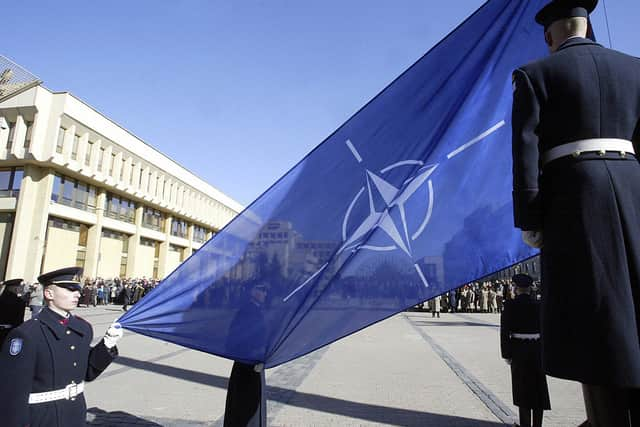

So, if a member state is threatened by an external country, all member states would treat it as a threat to their own security and would provide direct military support to that nation.
The organisation is headquartered in Brussels, Belgium and is headed up by former Norwegian Prime Minister Jens Stoltenberg, who has been its Secretary General since 2014.
Admiral Rob Bauer of the Royal Netherlands Navy serves as Chair of the Nato Military Committee.
Who is in NATO?
There are currently 30 full member states of NATO:
Advertisement
Hide AdAdvertisement
Hide AdThe 12 founding states who signed the initial 1949 Treaty are:
- United States
- United Kingdom
- Belgium
- Canada
- Denmark
- France
- Iceland
- Italy
- Luxembourg
- The Netherlands
- Norway
- Portugal
Greece and Turkey joined the alliance in 1952, while Spain joined in 1982.
On 5 May 1955, West Germany joined NATO - a move which angered the Soviet Union and its satellite states in Eastern Europe given Nazi Germany had only been defeated some 10 years before.
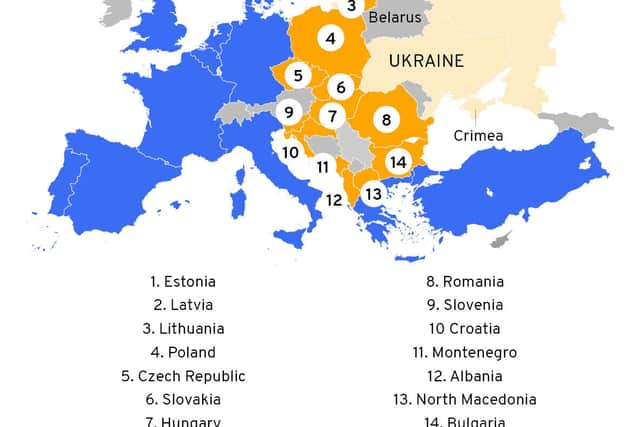

It led to the formation of the Warsaw Pact - the USSR-led equivalent of NATO - which was signed on 14 May 1955.
Advertisement
Hide AdAdvertisement
Hide AdWhen the Soviet Union’s power began to wane and Germany was reunified, East Germany was assimilated into NATO in 1990.
With the fall of the USSR in 1991, the Warsaw Pact was dismantled.
Many of its former members installed pro-Western democracies, which then sought to join NATO.
It meant that in 1997, the organisation welcomed in the following Eastern European countries as members: Hungary, Czech Republic and Poland.
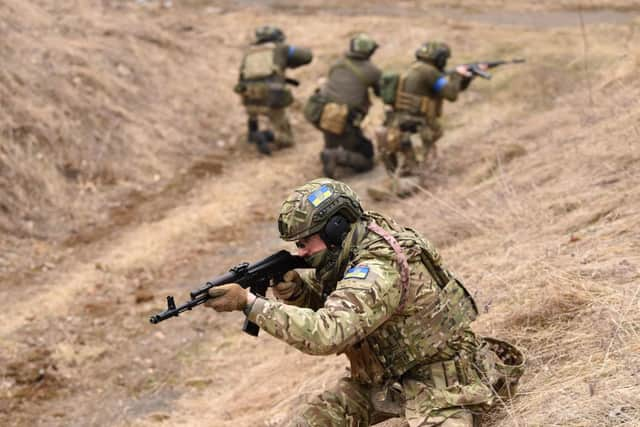

Advertisement
Hide AdAdvertisement
Hide AdIn 2004, Bulgaria, Estonia, Latvia, Lithuania, Romania, Slovakia and Slovenia formally became members.
Estonia, Latvia and Lithuania’s memberships were particularly galling to Russian President Vladimir Putin, who had been elected in 1999, as they were former USSR republics.
Albania and Croatia joined in 2009.
The most recent additions to NATO were Montenegro in 2017 and North Macedonia in 2020.
Three countries are currently classed as ‘aspiring members’ (also clunkily known as “enhanced opportunity partners”) of the alliance: Bosnia & Herzegovina, Georgia and Ukraine.
Advertisement
Hide AdAdvertisement
Hide AdIn the wake of Russia’s invasion of Ukraine, other nations including Sweden and Finland - both of which classify themselves as neutral - have considered joining NATO.
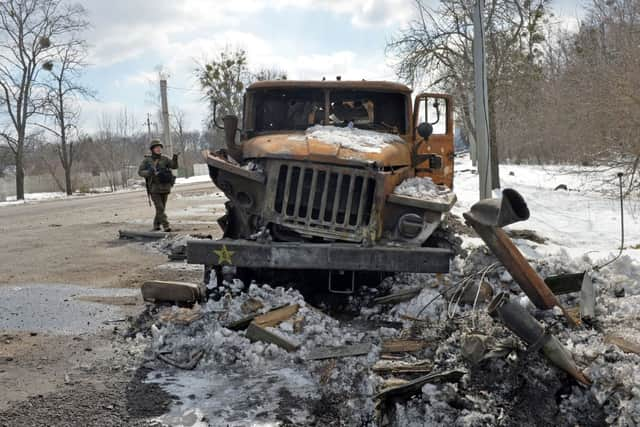

NATO currently allows any country to join its ranks, with the group saying that it has an “open door policy”.
The group says on its website: “Any European country in a position to further the principles of the Washington Treaty and contribute to security in the Euro-Atlantic area can become a member of the Alliance at the invitation of the North Atlantic Council.
“Countries aspiring for NATO membership are also expected to meet certain political, economic and military goals in order to ensure that they will become contributors to Alliance security as well as beneficiaries of it.”
Why can’t Ukraine join NATO?
Advertisement
Hide AdAdvertisement
Hide AdDespite the organisation’s supposed open door policy, Ukraine has struggled to gain admittance to NATO for more than 20 years.
No official reason has been given for why it has not been admitted.
However, numerous corruption scandals, the pro-Russian outlook of its fourth President Viktor Yanukovych and political sensitivities around a resurgent Russia under Vladimir Putin are all believed to have played a part.
The Putin-backed invasion of the country in 2014 and the Russian president’s repeated threats to cut off the energy supplies European states are reliant upon have also potentially played a part over the last decade.
Advertisement
Hide AdAdvertisement
Hide AdAnd now, current Ukrainian President Volodymyr Zelenksy appears to have acknowledged that his country will never join NATO - an admission which could open the door to formal peace negotiations with Russia.
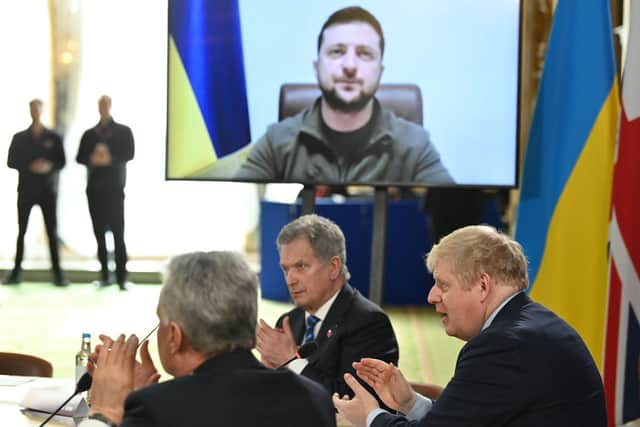

Speaking to the Joint Expeditionary Force - a Northern European security group led by the UK - on Tuesday (15 March), the Ukrainian president said: “Ukraine is not a member of Nato. We understand that.
“We have heard for years that the doors were open, but we also heard that we could not join. It’s a truth and it must be recognised.
“I’m glad that our people are understanding it and counting on themselves and our partners who help us.”
Advertisement
Hide AdAdvertisement
Hide AdIn an interview with US broadcaster ABC News last week, President Zelensky said that he had “cooled down” on the question of Nato “a long time ago”.
“The alliance is afraid of controversial things, and confrontation with Russia,” he said, adding that he did not want Ukraine to be “begging on its knees”.
While Ukraine is looking increasingly unlikely to join NATO, members of the organisation are still supporting its efforts to repel Russia’s invasion.
For example, the UK has continued to provide lethal aid, including anti-tank weapons.
Advertisement
Hide AdAdvertisement
Hide AdSupport people fleeing the devastating conflict in Ukraine: donate to the DEC appeal
Disasters Emergency Committee (DEC) charities and their local partners are in Ukraine and in neighbouring countries providing food, water, shelter and medical assistance. Learn more and donate what you can today
A message from the editor:
Thank you for reading. NationalWorld is a new national news brand, produced by a team of journalists, editors, video producers and designers who live and work across the UK. Find out more about who’s who in the team, and our editorial values. We want to start a community among our readers, so please follow us on Facebook, Twitter and Instagram, and keep the conversation going. You can also sign up to our email newsletters and get a curated selection of our best reads to your inbox every day.
Comment Guidelines
National World encourages reader discussion on our stories. User feedback, insights and back-and-forth exchanges add a rich layer of context to reporting. Please review our Community Guidelines before commenting.
